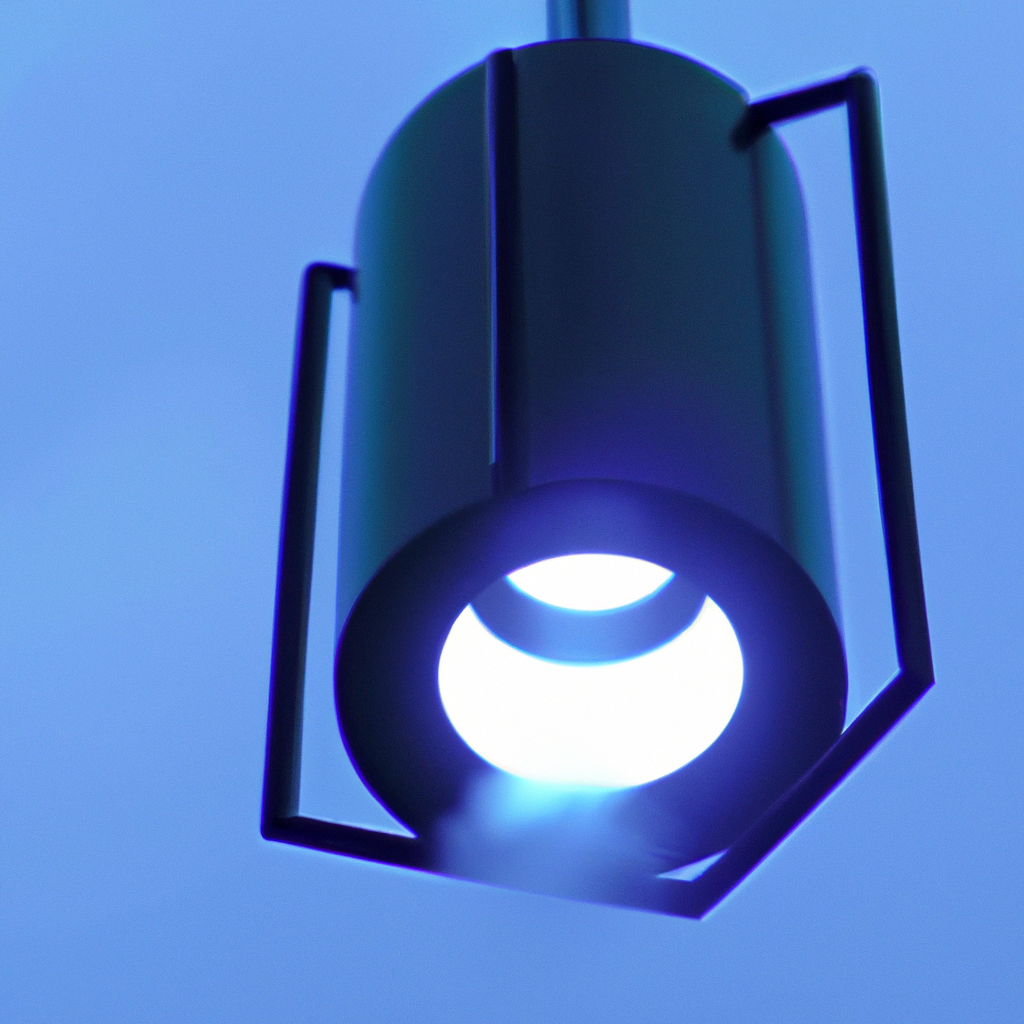Seasonal Affective Disorder, or SAD, is a type of depression that affects individuals during specific seasons, typically during the fall and winter months. This condition can cause a range of symptoms, including feelings of sadness, anxiety, and fatigue. To alleviate these symptoms, many individuals turn to light therapy, also known as phototherapy or light box therapy. In this article, we will explore how light therapy works for treating Seasonal Affective Disorder.
What is Light Therapy?
Light therapy involves exposure to bright, artificial light that mimics natural outdoor light. This light is typically emitted by a light box, which is a device that emits a specific wavelength of light. The light box is positioned at a specific distance and angle, and the individual undergoing treatment sits in front of it for a specific amount of time each day.
How Does Light Therapy Work for Treating SAD?
Light therapy works by regulating the body’s circadian rhythm and increasing the production of serotonin and melatonin. The circadian rhythm is the body’s internal clock that regulates sleep and wake cycles. Exposure to bright light in the morning can help reset the circadian rhythm, leading to improved sleep and wake cycles.
Serotonin is a neurotransmitter that regulates mood, appetite, and sleep. Low levels of serotonin have been linked to depression, including Seasonal Affective Disorder. Light therapy has been shown to increase serotonin levels in the brain, leading to improved mood and reduced symptoms of depression.
Melatonin is a hormone that regulates sleep-wake cycles and is produced in response to darkness. Individuals with Seasonal Affective Disorder may produce too much melatonin, leading to feelings of fatigue and lethargy. Light therapy can help regulate melatonin production, leading to improved energy levels and reduced feelings of fatigue.
What Are the Benefits of Light Therapy for SAD Treatment?
Light therapy has been shown to be an effective treatment for Seasonal Affective Disorder. Some of the benefits of light therapy include:
1. Improved mood and reduced symptoms of depression
2. Increased energy levels and reduced feelings of fatigue
3. Improved sleep and wake cycles
4. Non-invasive and drug-free treatment
5. Easy to administer at home with a light box
How to Use Light Therapy for SAD Treatment?
When using light therapy for SAD treatment, it is important to follow a specific protocol. This typically involves sitting in front of a light box for 30 minutes to 2 hours each day, depending on the severity of the symptoms. The light box should be positioned at a specific distance and angle, typically around 16-24 inches away from the individual’s face. It is important to use a high-quality light box that emits a specific wavelength of light, typically around 10,000 lux.
It is also important to use light therapy at the right time of day. Exposure to bright light in the morning can help reset the circadian rhythm, leading to improved sleep and wake cycles. It is recommended to use light therapy in the morning, within the first hour of waking up.
Conclusion
Light therapy is a safe and effective treatment for Seasonal Affective Disorder. By regulating the body’s circadian rhythm and increasing the production of serotonin and melatonin, light therapy can improve mood, energy levels, and sleep-wake cycles. If you are experiencing symptoms of Seasonal Affective Disorder, consider trying light therapy as a non-invasive and drug-free treatment option. Remember to follow a specific protocol and use a high-quality light box for optimal results.







